Little Jerusalem and a History of the Jewish Community in Dublin – Ross Murray provides an excellent insight into Ireland’s little spoken about Jewish community, a fascinating history spanning centuries, and all sides of the conflict with our neighbouring Island.
Little Jerusalem was from Donore Avenue in the West to Camden Street in the East which was synonymous with Dublin’s Jewish Population from the late 19th Century until the early 50s. James Joyce’s Character Leopold Bloom from Ulysses was born on Clanbrassil Street which was at the heart of this community and contained many Jewish businesses up until the late 1990’s. In conversation with Dr Melanie Brown, Lecturer in Irish Jewish History and Identity in Trinity College, I found out that Dublin’s Jewish community goes back much further than the 19th century. There were two main phases of Jewish immigration. The initial being in the 17th century and the latter during the late 19th and early 20th century. However there are mentions of the Jews being in Ireland during Norman times with Pierre De Rivall being declared protector of the Jews in Ireland by Henry III. But it is not definitive.
There is no paper trail to say where they were or went. In 1290 the Jews were expelled from Britain and Ireland and were not formally re-admitted until the 1650s, under Cromwell. Many believe they were admitted due to the closeness of the Jewish scriptures to the puritan. Its much more likely they were admitted due to their mercantile and trade connections. Many of the first Jews in Ireland came from Portugal. The Pereiras were considered akin to the Medici, a very powerful family and had connections to many of the European courts. Isaac Pereira was the Commissariat in the Army of King William of Orange. During the Jacobite wars, Isaac dispatched 12 Jewish bakers dispatched from Amsterdam to feed Williams’ army. There is a small graveyard north of Kells which by 1810 was declared unused. Melanie believes this could be the final resting place of these bakers. The Pereiras opened their first Synagogue above what is now Fogartys Locksmiths on the Dame Street end of Crane Lane. It was in use from c. 1650s to roughly 1700 and remained intact well into the 20th Century but was sadly destroyed by a fire in the early 1980’s.
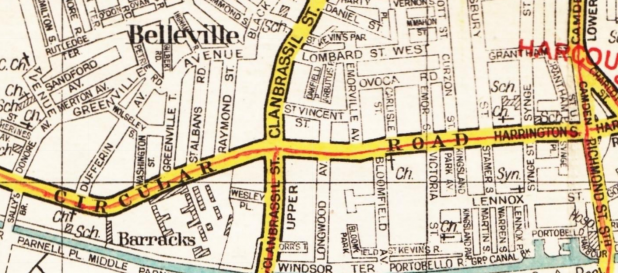
German Jews started to arrive in Ireland in the early 1700s. They settled in the Ballybough and the North Inner City area as they were not allowed to own land within the city limits. They founded a cemetery at the top of Ballybough/Fairview. It’s first interment was circa 1718. Their synagogue was in the same block as St. Marys Abbey off Capel street. They remained settled in the north inner city until the late 19th century when the next wave of immigration arrived. Mostly comprised of Jews from the former Russian Empire. In 1882, Tsar Alexander III enacted the May Laws, which denied many basic civil rights to the Jewish Community. There were restrictions on travel and business, and a jew conscripted into the army would serve twice the duration of a normal conscript. The Clanbrassil Street area at the time was undergoing massive development under the Artisan Dwelling Act which provided much needed low cost housing to the citizens of Dublin. In 1888 they opened their First Synagogue on St. Kevins Parade followed by Oakville House and another beside it on Lombard Street. The St. Mary’s Abbey congregation moved to Adelaide Road in 1892 and Greenville Avenue was founded in 1917.
By this time, many families and businesses were well established in the area. Again with Clanbrassil Street at its center. Both sides of the street up to St. Kevins Parade had various businesses including bakeries, jewellers, draperies, grocers and kosher butchers. Beila Ehrlich ran a kosher butchers near St. Kevins Parade up until her death in the 1990s. A school was built on Bloomfield avenue. And a jewish cometery was opened in Dolphins Barn. Some members of the community became involved with the republican movement. Most notable being Micheal Noyk (Arthur Griffiths personal solicitor) and Robert Briscoe who worked directly for Micheal Collins during the war of independence. Incidentally, Robert is named after Robert Emmet, leader of the 1803 rebellion, while is brother, Theobald is named after the great United Irishman Leader. Their family were quick converts to Irish Republicanism due to sympathies their parents had has emgrees of the Russian Empire. He later went on to be Lord Mayor of Dublin and served in the Dail for 38 years. The community peaked in the area during the 1930s when, with fear of Identification and antisemitism rife in Europe, many members of the community began to move out to the suburbs of South Dublin. They founded 3 synagogues in the Rathmines and Rathgar area from the 1940s on and are still in use today.
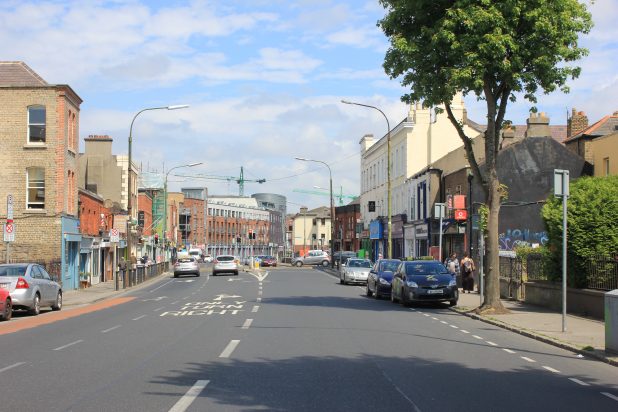
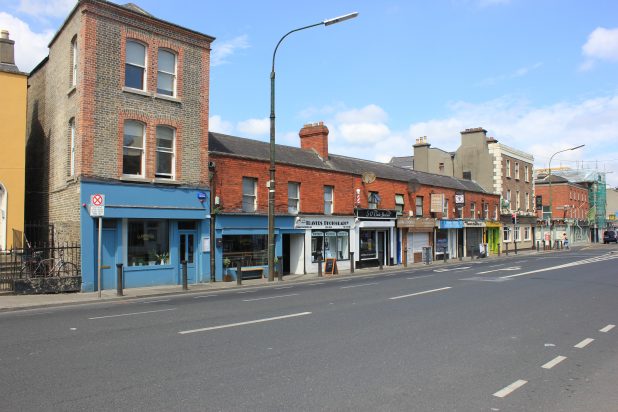
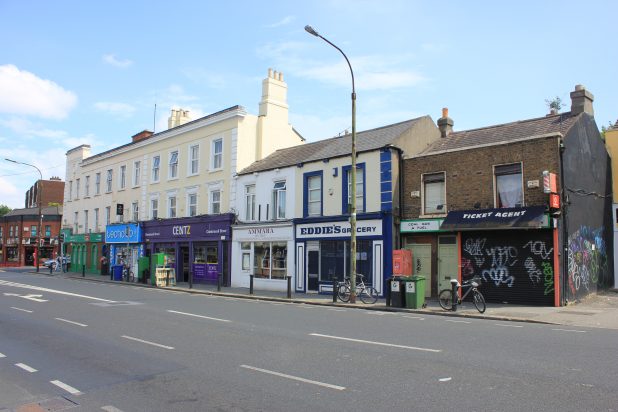
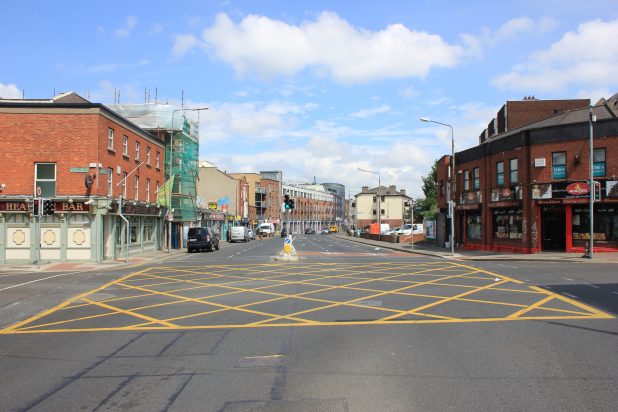
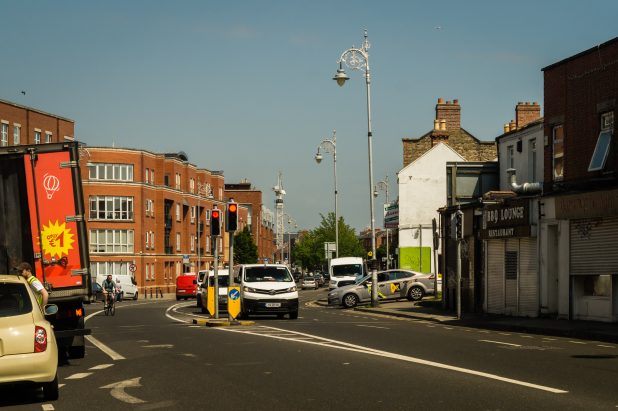
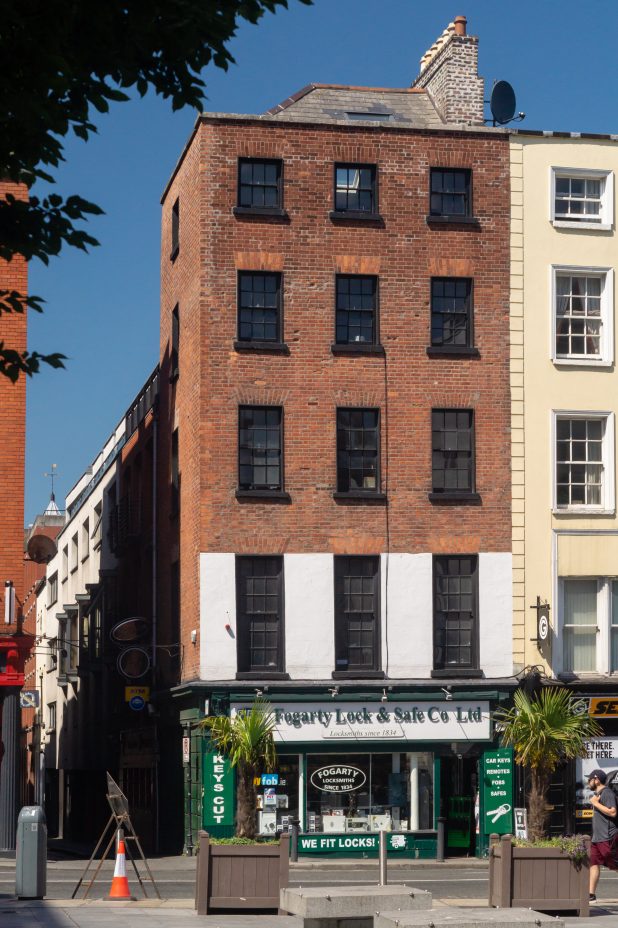
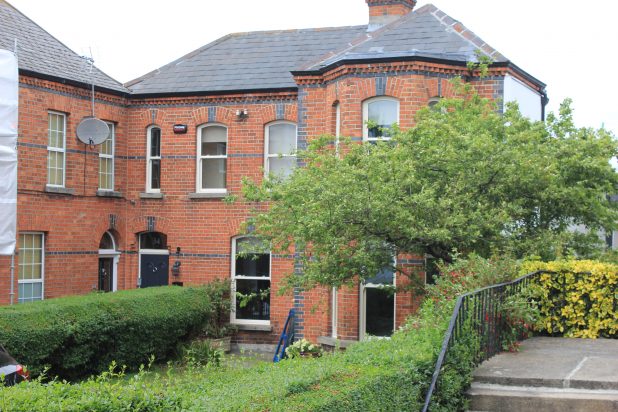
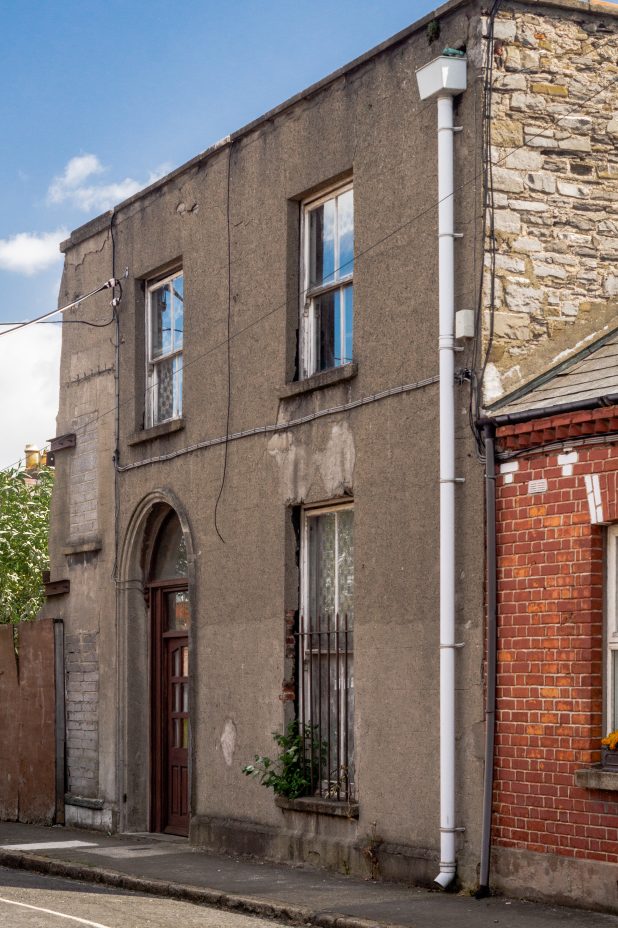
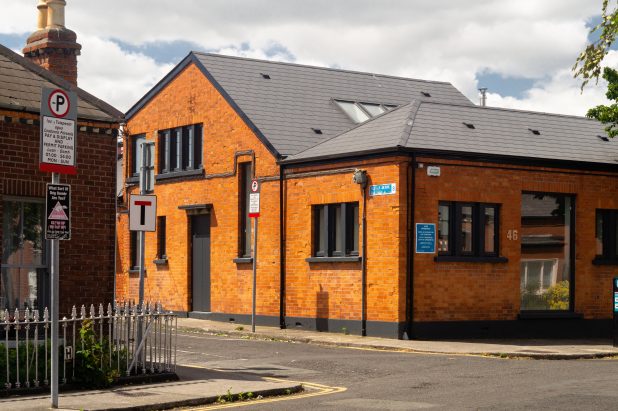
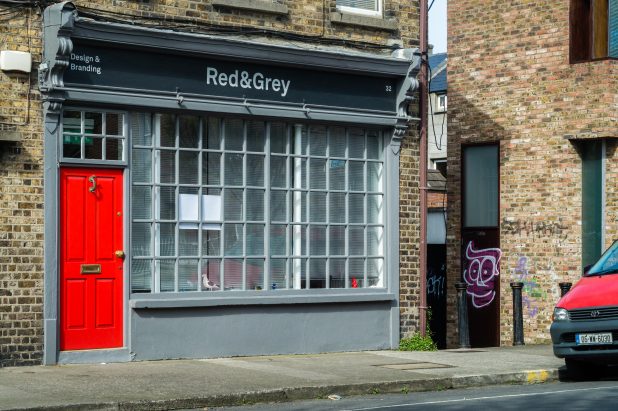
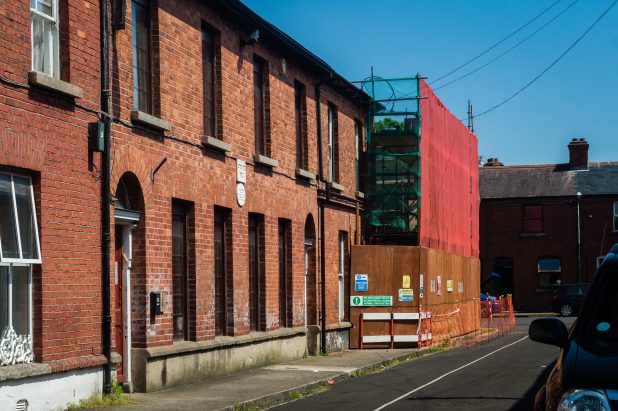
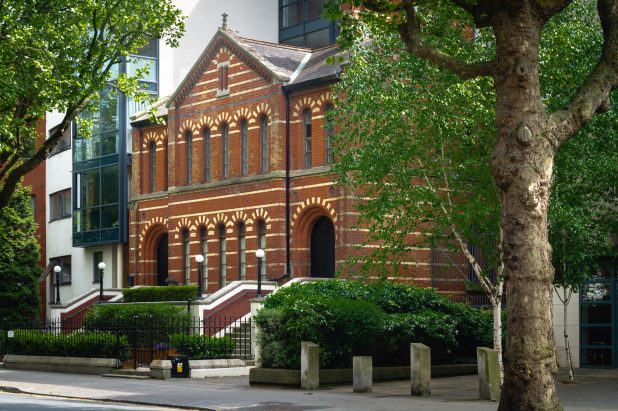
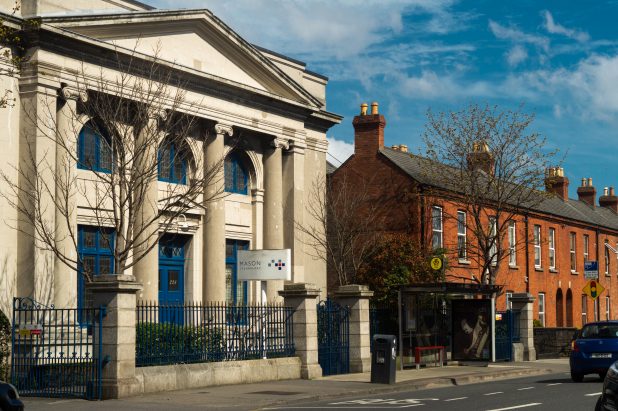
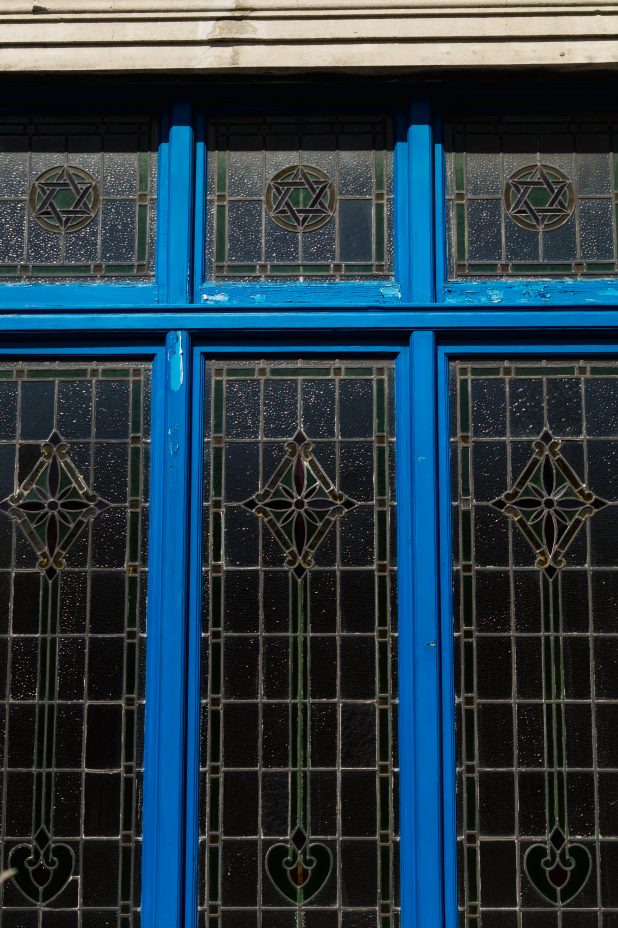
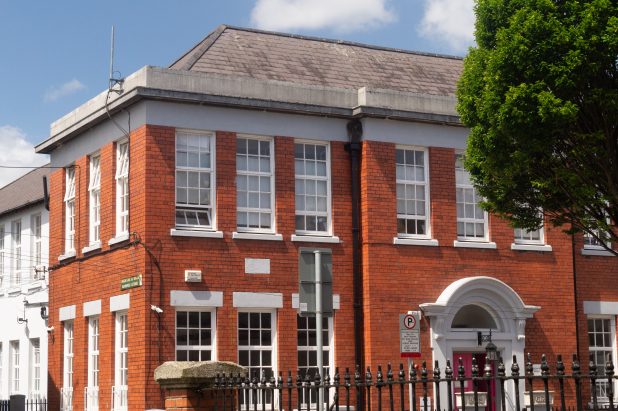
Photos by Stephen Davis and Ross Murray
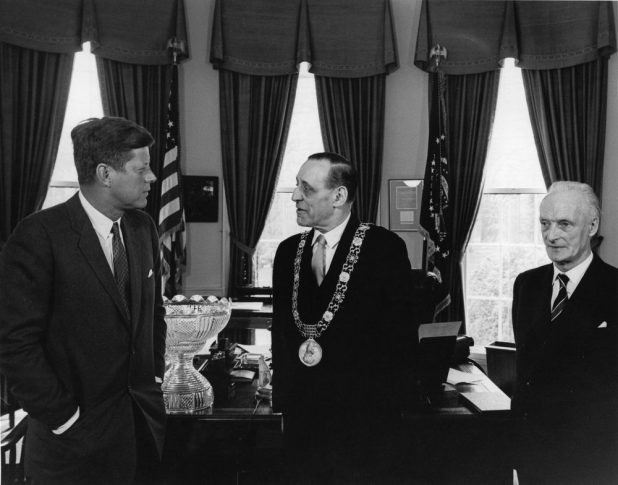









By coincidence, the area also contained 3 families of O’Flaherty bricklayers at Portobello Road, Florence Street and Bloomfield Cottages from the 1870s to the early 20thC. Some members of this family moved into the area after the mid 19th C building boom in Malahide ended. It is significant that many of the Jewish buildings were built in brick.
Robert Briscoe’s name comes up frequently in the Jewish area of new york I live.
I like all this article on Dublin Jewish History.
Fantastic post. Great help with my research. Thank you.